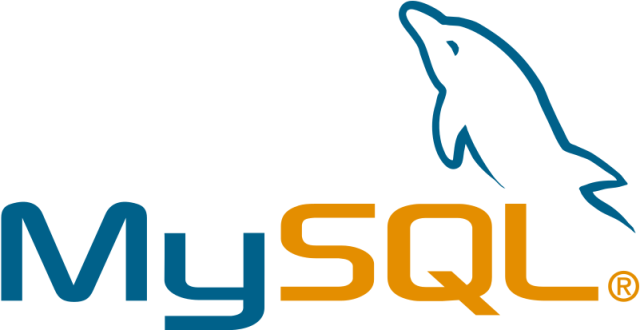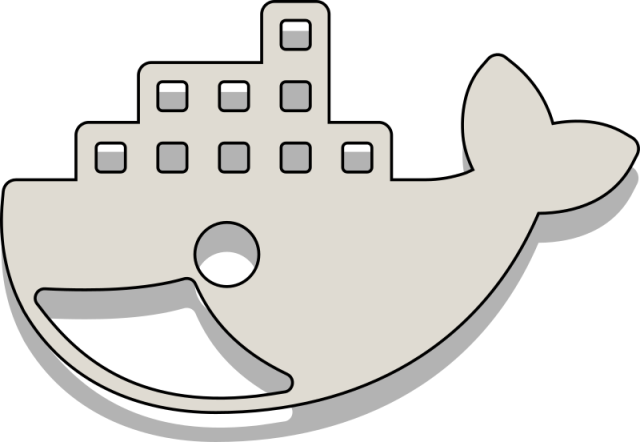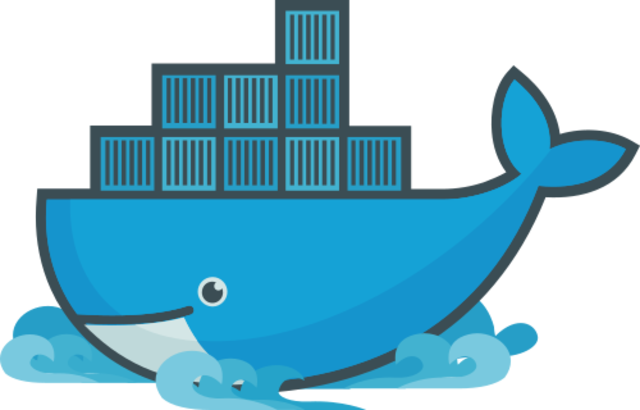I’ve been using Commento, the web comment engine, for quite a while on this website, as well as some other sites. I even wrote a post on running Commento with Docker Compose. Commento used to be a free and lightweight alternative to Disqus, Facebook Comments, and such.
But Commento is now dead, which is why I decided to relaunch it — under the new name of Comentario (yes, with one m)!




